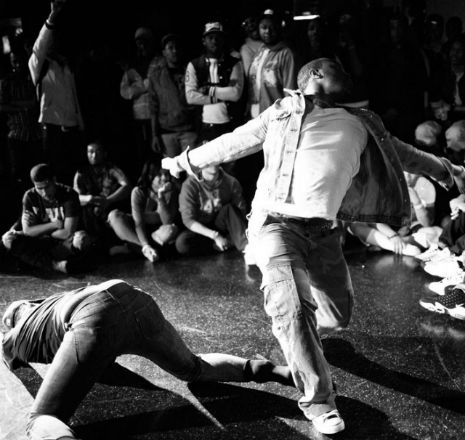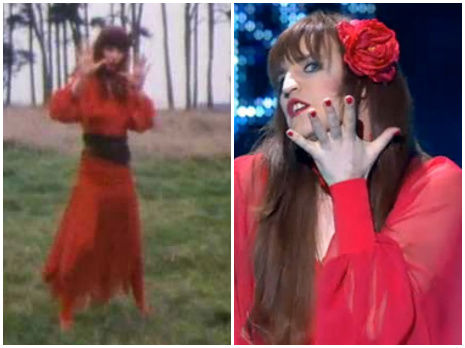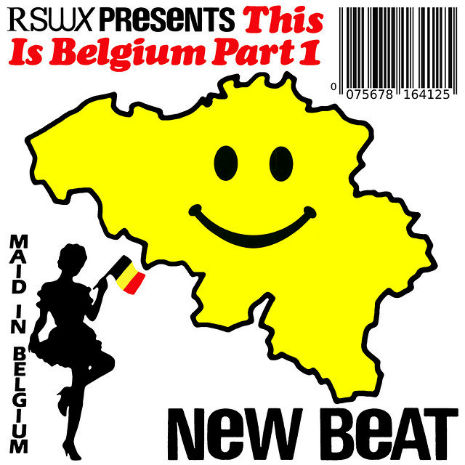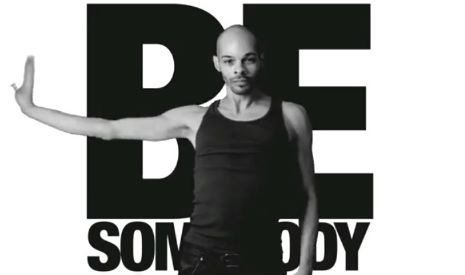
Throwing down at Vogue Knights, NYC
I have been a bit slack with my Notes column of late, and here’s the reason why.
I love voguing (and you should know this by now.) I love the music, the dancing, the style, the language, the queens (both butch and femme), the battling, the videos, the full length films, the drama, the energy, the past, the present and the future. Voguing and Ballroom culture a very significant and valuable part of the LGBT landscape, the serves to teach children self-respect and personal growth, and gives them a space to be accepted, and to thrive, in.
I love voguing so much that I have written a in-depth introduction to the culture for Boing Boing. Funny as it may seem, this wasn’t an easy piece for me to write—I started and scrapped 3 drafts, which just kept getting longer and longer—but I am happy with this one. There’s quite a lot of material that I just didn’t have the space to include in this piece, and my thoughts are now quite seriously turning towards a book documenting the culture. It really is that rich.
Like hip hop, ballroom encompasses many different elements of artistic expression, from music and language to clothes and design, and, of course, dance. It deals directly with some of society’s most controversial issues, namely sexuality, race, class, gender roles and expression, beauty modes, self-definition and competition. It doesn’t do this in the polemical style we may be used to from punk and political hip-hop, however, where topics are theorised and discussed. In ballroom these issues are lived and experienced, as a vast number of those taking part in this underground scene are transgender, working class, people of colour.
Ballroom includes society’s most marginalised: minorities within minorities within minorities, for whom voguing and ballroom culture is an important resource. In a world where they have been rejected, ballroom not only accepts these people for who they are, it celebrates them, in a variety of unique and different categories. The competitive, prize-winning aspect of ballroom gives some participants a sense of worth lacking in the “real” world (not to mention money), and the familial structure of the “houses”—mother, father, sister, brother—often acts as a real surrogate, as many in this world have been disowned by their biological families.
Here, voguing is not just a dance, and ballroom is not just a genre. It’s a way of life that brings pride, peer recognition and self-respect. The genre of music is one thing, but the culture which surrounds it is another; and both are intricately tied into one another.
...
To quote the late, great Willi Ninja, who is perhaps the greatest voguer the world has yet seen, voguing is like a challenge dance: instead of fighting you take it out on the dancefloor. Depending on who you ask, this uniquely stylised dance form arose either amongst the inmates of Ryker’s Island, or at gay Harlem dance parties in the sixties (it’s most probably a mixture of both). Voguing got its name from Vogue magazine, as the competing dancers would flip to pictures of models posing, and imitate them, trying to outdo each other in the process. As it developed the dancers became quicker and more agile, and incorporated other forms of dance such as waacking (high speed arm movements and hand gestures) and body popping (though some say that voguing actually pre-dates popping, and was itself an influence on the original b-boys). Fast forward to 2013 and voguing has come a long way, progressing through the styles of old way, new way, femme and dramatics, to today’s almost hyperactive, turbocharged version of the dance. Although key elements of old way voguing remain (posing, “face”), a much more frantic and stylised choreography takes precedence, with signature moves such as the dip (when a dancer falls flat on their back), the duck walk and hair control (using long hair as stylistic element of the dance, in essence whipping it back and forth).
There’s more to vogue culture than just the dancing and the dressing up, and if you have seen Paris Is Burning you only know the very tip of this glittering iceberg. If you want to know more, read the rest of Welcome to the Ballroom, where Voguing is always in style here.
To accompany the piece, here is a 13 minute dj mix I put together of “cunt” tracks, “cunt” meaning “fabulous” in the world of Ballroom. Yes, the c-bomb gets dropped quite a lot in this mix, so you’re getting a warning: it’s NSFW!
CVNT TR4XXX 13min Cunty Minimix for #FEELINGS
Posted by Niall O'Conghaile
|
03.08.2013
08:42 am
|















